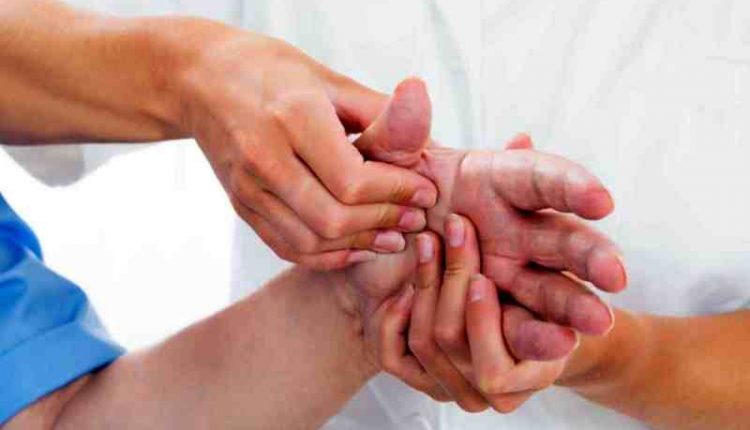
When a finger does not flex: tenolysis of the extensor tendons
Tenolysis is a surgical procedure that aims to free the tendons from surrounding adhesions in order to restore their gliding and thus digital movement. Physiotherapy may be used prior to surgery to remove these adhesions and restore movement
What to do if the situation calls for tenolysis?
When a patient comes to the surgeon for a stiff finger, the choice of whether to operate on the extensor or flexor apparatus is made after a careful clinical evaluation and by virtue of the knowledge gained in the anatomy and biomechanics of finger function.
Tenolysis of the extensor tendons is nothing more than the rupture of the adhesions that have formed between the tendon and the bone, causing the tendon itself not to slide on the bone surface, thus generating significant stiffness.
But why does the tendon stick to the bone so much that it does not slide?
The reasons are mainly of traumatic origin: when, for example, following a fracture, the blood that inevitably escapes lays the foundations for the formation of fibrous adhesions which, like glue, attach the tendon to the bone, preventing it from sliding.
Other causes that can lead to tendon adhesion are crushing or shearing injuries to a tendon.
In order to eliminate such adhesions and restore digital movement, rehabilitation sessions with a therapist competent in hand problems are the first step.
In fact, in some cases, tissue loosening combined with mobilisation of the finger is sufficient to ‘break up’ the adhesions, thus avoiding surgery.
When, on the other hand, not even physiotherapy is able to improve digital movement, it is necessary to resort to surgery and therefore to tenolysis
The operation can also be carried out under local anaesthesia, while in other cases the entire arm is anaesthetised.
However, this is a major operation that should be carried out by an experienced hand surgeon, and afterwards requires rehabilitation.
Read Also:
Healing Wounds And Perfusion Oximeter, New Skin-Like Sensor Can Map Blood-Oxygen Levels
Finger Twitching: Why It Happens And Remedies For Tenosynovitis



